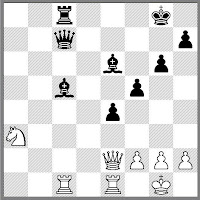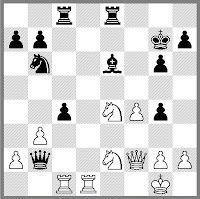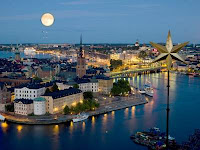| Nils Grandelius |
Grandmaster Nils Grandelius. Born in 1993. Currently No. 8 between Swedish players in the world rankings, FIDE rating 2545.The gold medallist of the 2011 Youth European Championship. Lives in Dalby, Sweden. He became a grandmaster in 2010 and that is a current Swedish record for that title.
This is a second part of my interview with Swedish GM Nils Grandelius.















